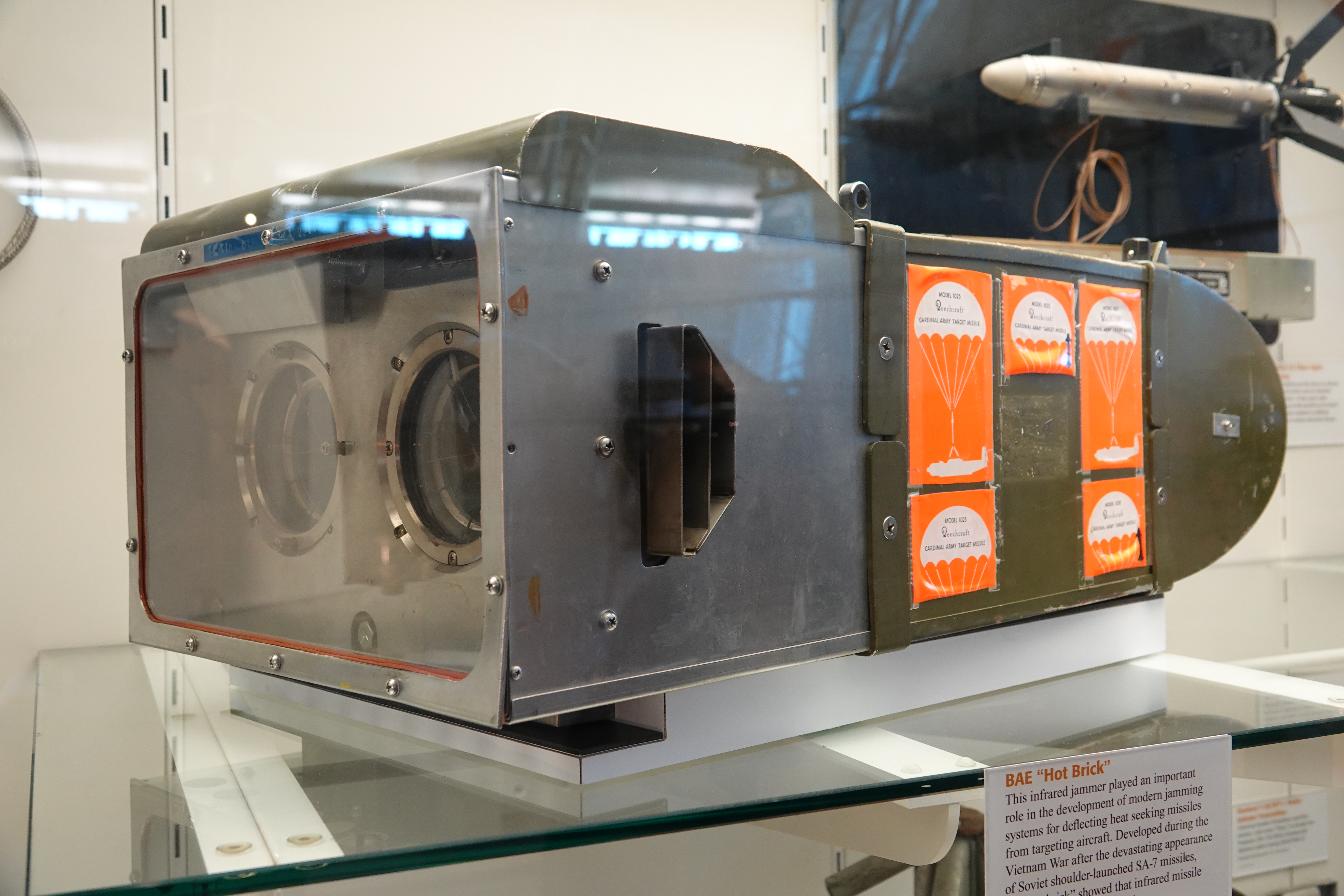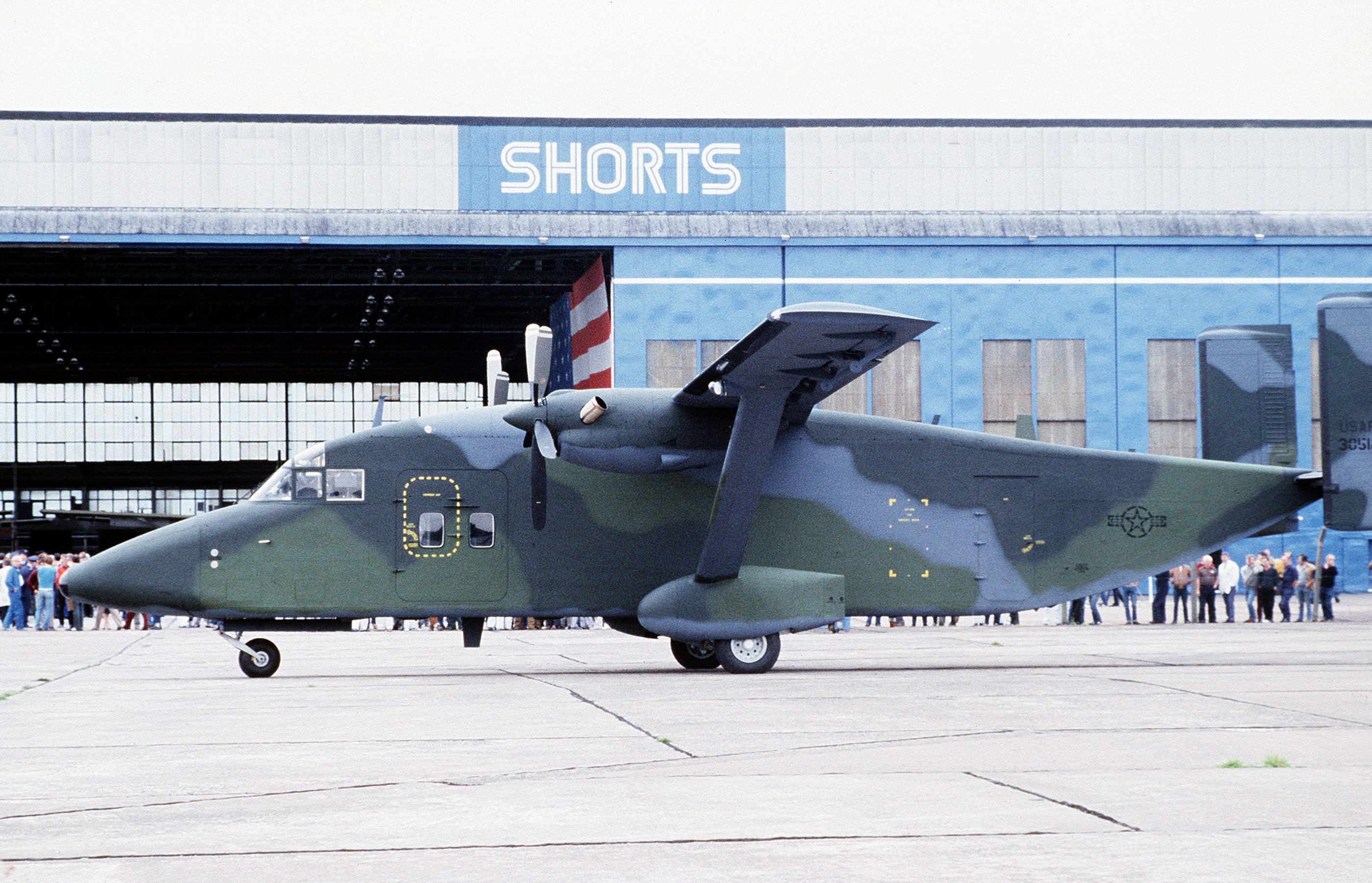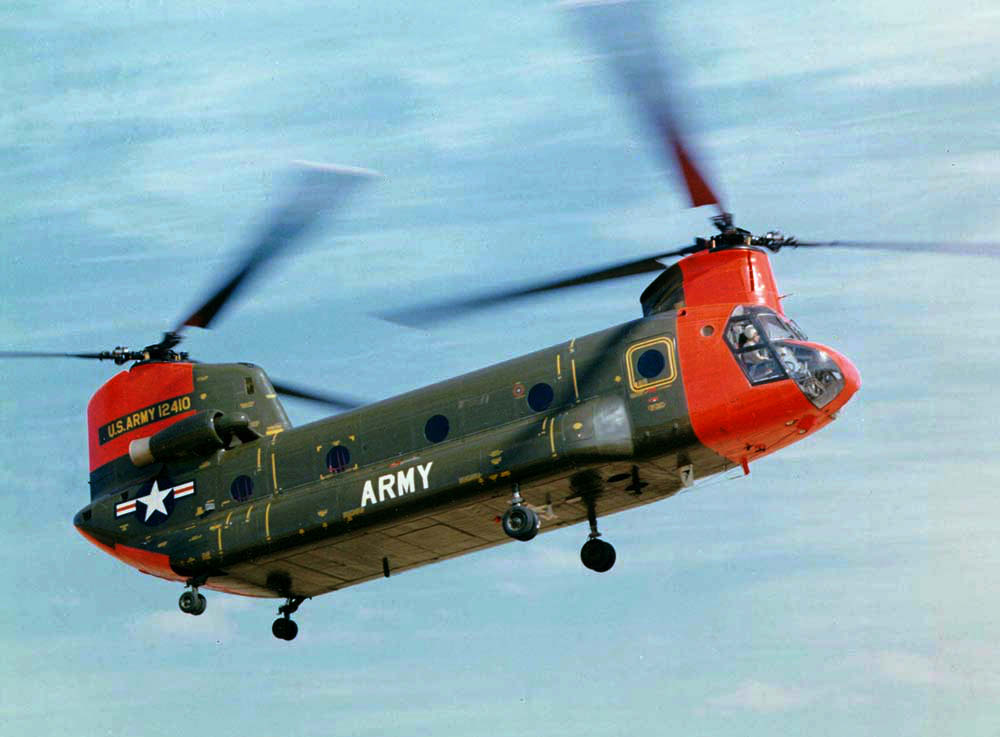|
Common Infrared Countermeasures Program
CIRCM, the Common Infrared Countermeasures program, is a United States Army initiative intended to develop a lightweight, low-cost and modular laser-based infrared protection system for U.S. helicopters and light fixed-wing aircraft. The technology will primarily provide defense against shoulder-fired, heat-seeking missiles, or MANPADS. The program is being developed to replace older suites such as the Advanced Threat Infrared Countermeasures (ATIRCM). The CIRCM system will be designed to meet Tri-Service "common" Army, Navy, and Air Force requirements. The Department of Defense’s (DoD) strategy is to competitively develop a lightweight and cost-effective jammer subsystem for installation on all DoD rotary-wing and slow moving fixed-wing aircraft. The Army took delivery of its first CIRCM systems from Northrop Grumman in 2016. Infrared Countermeasures (IRCM) Infrared guidance systems in heat-seeking missiles are designed to track strong sources of infrared radiation – hea ... [...More Info...] [...Related Items...] OR: [Wikipedia] [Google] [Baidu] |
Infrared Countermeasure
An infrared countermeasure (IRCM) is a device designed to protect aircraft from infrared homing ("heat seeking") missiles by confusing the missiles' infrared guidance system so that they miss their target ( electronic countermeasure). Heat-seeking missiles were responsible for about 80% of air losses in Operation Desert Storm. The most common method of infrared countermeasure is deploying flares, as the heat produced by the flares creates hundreds of targets for the missile. An infrared sensor that is sensitive to heat, such as emitted from an aircraft engine, is included on missiles launched by man-portable air-defense systems ( MANPADS). Using a steering system, the missile is programmed to home in on the infrared heat signal. Because they are portable, MANPADS missiles have a limited range, burning out a few seconds after launch. Countermeasure systems are usually integrated into the aircraft, such as in the fuselage, wing, or nose of the aircraft, or fixed to an oute ... [...More Info...] [...Related Items...] OR: [Wikipedia] [Google] [Baidu] |
PEO IEWS
PEO may stand for: * Parking enforcement officer, an official who issues parking tickets * Plasma electrolytic oxidation, a surface-treatment process for metals * Polyethylene oxide, alternate name for Polyethylene glycol, a polymer * Old Persian, ISO 639-2 and ISO 639-3 language code peo * Pancyprian Federation of Labour, an umbrella organization for trade unions in Cyprus ( el, Παγκύπρια Εργατική Ομοσπονδία, links=no, ) * P.E.O. Sisterhood, an international women's organization with headquarters in North America * Professional employer organization, a service provider of outsourced human resource management * Professional Engineers Ontario, professional and regulatory organization for engineers in Ontario, Canada * Program executive officer, an individual, civilian or military, responsible for large scale U.S. military acquisitions * Programs Evaluation Office, a covert U.S. paramilitary mission in Laos in 1955-1962 * Progressive external ophthalmopleg ... [...More Info...] [...Related Items...] OR: [Wikipedia] [Google] [Baidu] |
C-23 Sherpa
The Short C-23 Sherpa is a small military transport aircraft built by Short Brothers. It was designed to operate from unpaved runways and make short takeoff and landings (STOL). It features a large squared fuselage with a full-width rear cargo door/ramp. The ''C-23A'' and ''C-23B'' are variants of the Short 330 and the ''C-23B+'' is a variant of the Short 360. Design and development The Short 330 was developed by Short Brothers of Belfast from their earlier Short SC.7 Skyvan STOL utility transport. The 330 has a longer wingspan and fuselage than the Skyvan, while retaining the Skyvan's square shaped fuselage cross section, allowing it to carry up to 30 passengers while retaining good short field characteristics. The 330 entered commercial service in 1976. In addition to the passenger aircraft, Shorts also planned two freight versions. The ''Short 330-UTT'' (for Utility Tactical Transport) was a military transport version fitted with a strengthened cabin floor and paratroop ... [...More Info...] [...Related Items...] OR: [Wikipedia] [Google] [Baidu] |
Cessna Citation V
The Cessna Citation V is a business jet built by Cessna. A stretched version of the Citation S/II, a Model 560 prototype flew in August 1987, it was certified on December 9, 1988, and delivered from April 1989; were delivered until 2011. The upgraded Citation Ultra was announced in September 1993, the Citation Encore upgraded with PW535 turbofans was announced in 1998, before the improved Encore+. Its US military designation is UC-35 as an executive transport and OT-47B as a drug interdiction reconnaissance aircraft. Design and development The Citation V (Model 560) is a development of the Citation S/II, retaining the supercritical airfoil and swept wing roots of that aircraft, but with a fuselage stretch and recontoured interior for increased passenger space. The passenger cabin is long, wide and high with a dropped aisle, has seven windows on each side and accommodates a four-seat club plus three chairs and a closed, belted lavatory. Maximum seating capacity is eleven ... [...More Info...] [...Related Items...] OR: [Wikipedia] [Google] [Baidu] |
Solar-blind Technology
Solar-blind technology is a set of technologies to produce images without interference from the Sun. This is done by using wavelengths of ultraviolet light that are totally absorbed by the ozone layer, yet are transmitted in the Earth's atmosphere. Wavelengths from 240 to 280 nm are completely absorbed by the ozone layer. Elements of this technology are ultraviolet light sources, ultraviolet image detectors, and filters that only transmit the range of wavelengths that are blocked by ozone. A system will also have a signal processing system, and a way to display the results (image). Ultraviolet sources Ultraviolet illumination can be produced from longer wavelengths using non-linear optical materials. These can be a second harmonic generator. They must have a suitable birefringence in order to phase match the output frequency doubled UV light. One compound commercially used is L-arginine phosphate monohydrate known as LAP. Research is underway for substances that are very non-li ... [...More Info...] [...Related Items...] OR: [Wikipedia] [Google] [Baidu] |
Missile Warning System
A missile approach warning system (MAW) is part of the avionics package on some military aircraft. A sensor detects attacking missiles. Its automatic warning cues the pilot to make a defensive maneuver and deploy the available countermeasures to disrupt missile tracking. Guided surface-to-air missile (SAM) systems were developed during World War II and began to make their presence felt in the 1950s. In response, electronic countermeasures (ECM) and flying tactics were developed to overcome them. They proved to be quite successful provided that a reliable and timely threat warning was given. The infrared seeking missile threat Analysis of aircraft losses due to enemy action since the 1960s shows that at least 70% of all losses were attributed to passive heat seeking i.e. Infrared (IR) guided missiles. This might be surprising given that radar guided SAM systems have longer engagement ranges, are faster, have higher maneuvering potential, carry larger warheads and are equipped w ... [...More Info...] [...Related Items...] OR: [Wikipedia] [Google] [Baidu] |
United States Department Of The Navy
The United States Department of the Navy (DoN) is one of the three military departments within the Department of Defense of the United States of America. It was established by an Act of Congress on 30 April 1798, at the urging of Secretary of War James McHenry, to provide a government organizational structure to the United States Navy (USN);Bernard C. Steiner and James McHenry, The life and correspondence of James McHenry' (Cleveland: Burrows Brothers Co., 1907). since 1834, it has exercised jurisdiction over the U.S. Marine Corps (USMC) and, during wartime, the U.S. Coast Guard (USCG), though each remains an independent service branch. It is led by the Secretary of the Navy (SECNAV), a statutory civilian officer. The Department of the Navy was an executive department, whose secretary served on the president's cabinet, until 1949, when amendments to the National Security Act of 1947 established the Department of Defense as a unified department for all military service ... [...More Info...] [...Related Items...] OR: [Wikipedia] [Google] [Baidu] |
Ike Skelton
Isaac Newton Skelton IV (December 20, 1931 – October 28, 2013) was an American politician and lawyer who served as the U.S. representative for from 1977 to 2011. During his tenure, he served as the chairman of the House Armed Services Committee. He was a member of the Democratic Party. On November 2, 2010, he unexpectedly lost his seat to Republican Vicky Hartzler amid a Republican landslide. Notably, he was one of three Democratic committee chairmen to lose reelection in the 2010 midterm cycle, alongside House Budget Committee chairman John Spratt of South Carolina and House Transportation and Infrastructure Committee chairman Jim Oberstar of Minnesota. Early life and education Skelton was born in Lexington, Missouri, a rural town with extensive Civil War history. He was the son of Carolyn Marie (Boone) and Isaac Newton Skelton III. In 1928, Skelton's father met Harry S. Truman, then a Jackson County judge, and the men became good friends. When he was 17, Skelton attended Tr ... [...More Info...] [...Related Items...] OR: [Wikipedia] [Google] [Baidu] |
Dave McCurdy
David Keith McCurdy (born March 30, 1950) is an American lobbyist, lawyer, and former politician who was the Democratic U.S. Representative from Oklahoma's 4th congressional district, in office from 1981 to 1995. Described as a moderate or conservative Democrat, McCurdy was a chair the centrist Democratic Leadership Council. In 1994, he ran for the U.S. Senate, but lost to fellow Representative Jim Inhofe. After leaving Congress, McCurdy became a lobbyist. He is a former president of the American Gas Association. Early life and education McCurdy was born in the town of Canadian, Texas. He received an undergraduate degree from the University of Oklahoma in 1972 and a JD there three years later. He studied international economics at Scotland's University of Edinburgh as a Rotary International Graduate Fellow.McCurdy profile [...More Info...] [...Related Items...] OR: [Wikipedia] [Google] [Baidu] |
Sam Nunn
Samuel Augustus Nunn Jr. (born September 8, 1938) is an American politician who served as a United States Senator from Georgia (1972–1997) as a member of the Democratic Party. After leaving Congress, Nunn co-founded the Nuclear Threat Initiative (NTI), a charitable organization working to prevent catastrophic attacks with nuclear, biological, and chemical weapons, for which he is a co-chair. His political experience and credentials on national defense reportedly earned him consideration as a potential running mate for presidential candidates John Kerry and Barack Obama after they became their party's nominees. Early life Nunn was born in Macon, Georgia, the son of Mary Elizabeth (née Cannon) and Samuel Augustus Nunn, who was an attorney and mayor of Perry, Georgia. Nunn was raised in Perry. He is a grandnephew of Congressman Carl Vinson. Nunn was an Eagle Scout and recipient of the Distinguished Eagle Scout Award from the Boy Scouts of America. In high school, Nunn was a s ... [...More Info...] [...Related Items...] OR: [Wikipedia] [Google] [Baidu] |
CH-47
The Boeing CH-47 Chinook is a tandem rotor helicopter developed by American rotorcraft company Vertol and manufactured by Boeing Vertol. The Chinook is a heavy-lift helicopter that is among the heaviest lifting Western helicopters. Its name, Chinook, is from the Native American Chinook people of Oregon and Washington state. The Chinook was originally designed by Vertol, which had begun work in 1957 on a new tandem-rotor helicopter, designated as the Vertol Model 107 or V-107. Around the same time, the United States Department of the Army announced its intention to replace the piston engine–powered Sikorsky CH-37 Mojave with a new, gas turbine–powered helicopter. During June 1958, the U.S. Army ordered a small number of V-107s from Vertol under the ''YHC-1A'' designation; following testing, it came to be considered by some Army officials to be too heavy for the assault missions and too light for transport purposes. While the YHC-1A would be improved and adopted by the U ... [...More Info...] [...Related Items...] OR: [Wikipedia] [Google] [Baidu] |




.png)

